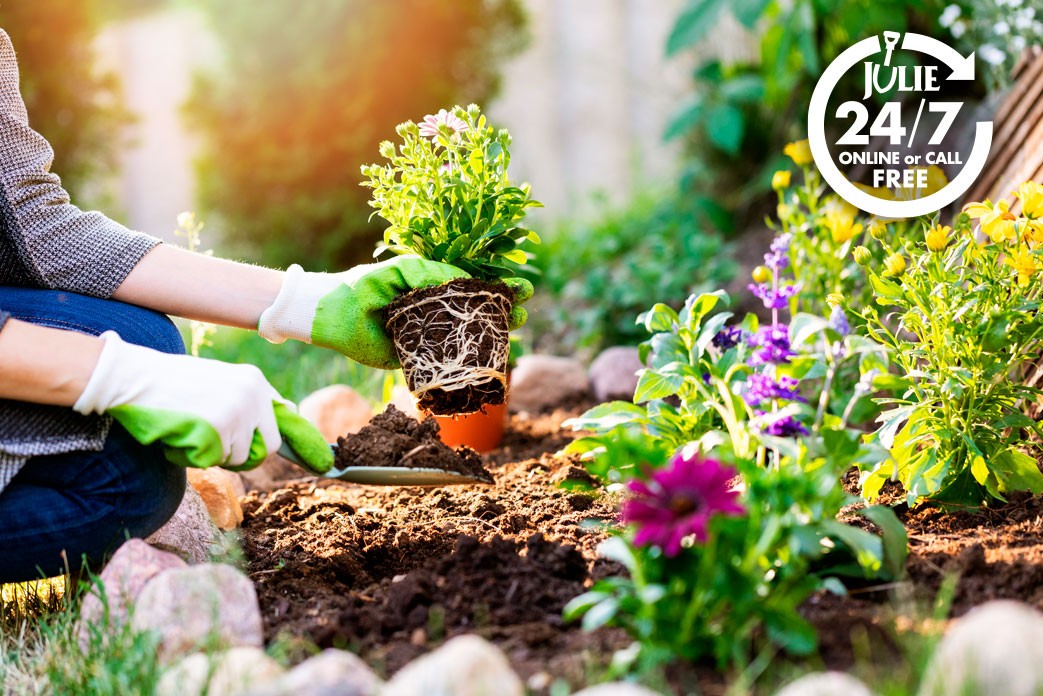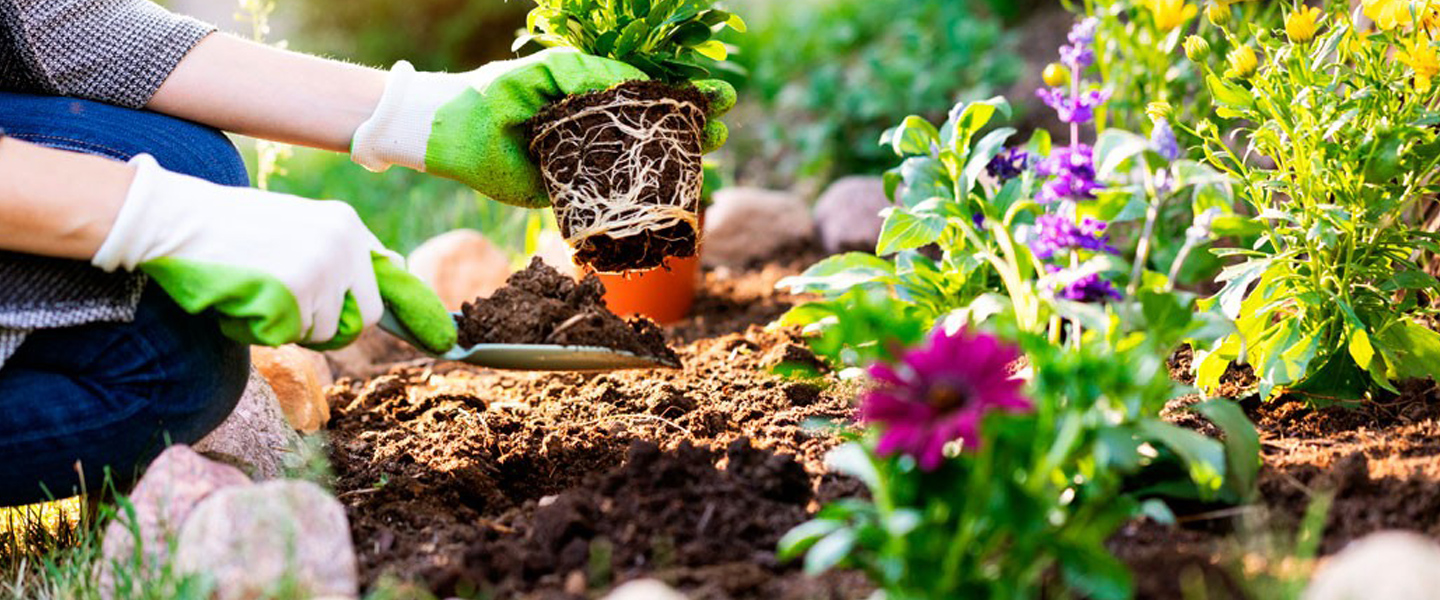Four Spring Planting Tips To Enhance Your Landscape
If you have spring fever after a long Illinois winter, you’re not alone. One of the easiest ways to break out of your funk is to start planning your garden and envisioning all the beautiful flowers and plants that will soon be blooming. Here are four spring planting tips to add color, size, shape, texture, and fragrance to your yard this year.

1. Timing Is Everything
Start prepping for spring planting early in the season by cleaning dead leaves and debris from your flower beds and garden, trimming dried leaves, pruning trees and shrubs, and adding fresh mulch around existing perennials. Now is also a good time to divide your fall-blooming perennials. Doing so helps control the plant’s size as well as stimulates new growth and blooming. Once the soil has thawed, you can also plant cool-season veggies. Before you start digging, though, make sure it’s safe to do so. Utility lines are buried in your yard and striking one can cause damage to your property or your person as well as disrupt service. Make sure you contact JULIE before you dig, even if you’re digging in the same location as you have before. Environmental factors such as erosion and root growth may have caused utility lines to shift. Come midspring, you can plant new perennials and cold-hardy annuals, add trees and shrubs, and manicure your beds with fresh mulch. Then in late spring, deadhead flowering bulbs, seed warm-season veggies, and go ahead and plant summer-blooming bulbs. Always determine the best time to plant based on weather and soil conditions…not by the date on the calendar.
2. Test And Feed Your Soil
Every few years it’s a smart idea to test your soil and measure nutrients and organic materials so you maintain optimal growing conditions. Is your soil high in phosphorus or naturally alkaline? The pH can impact things like the color of hydrangea blooms or how well select veggies or trees will grow. Do-it-yourself tests can be purchased at nurseries and other plant centers, or you can collect the soil and send it to your local Extension office for analysis. Knowing your soil’s composition allows you to fertilize appropriately. Each plant’s needs are different, so research their nutrient requirements before spring planting. It’s ideal to feed your flowers, shrubs, veggies, and trees when they’re dormant or not under summer stress and heat. Work granular fertilizer into the soil or apply a liquid fertilizer for the best results.
3. Get Colorful
Once spring planting season has arrived, don’t limit your choices to the standards or tried and true—explore a variety of annuals and perennials including new colors and variations. Try BloomStruck® Bigleaf Hydrangea from Endless Summer with vivid purple or rose-pink flower heads and sturdy red stems. Not only are hydrangeas gorgeous in summer, they’re hardy, offer a great shape, and are easy to plant and tend to. Love roses? Varieties like Sultry Sangria™ ‘Sprosul’ and Polynesian Punch™ ‘Meidoscope’ offer novel and brilliant colors. Create a romantic carpetlike display with Happy Trails™ Groundcover roses that bloom in shades of yellow, orange and pink. Clematis, with flowering vines and a range of hues, are perennially popular in Midwest gardens. Check out Proven Winners’ Jolly Good™, Still Waters™ and Happy Jack®. Looking for something that withstands sun and shade through different seasons? Try coleus such as ‘FlameThrower™ Chipotle’ from Ball Seed®, which has a signature contrast of dark maroon and chartreuse. Always remember to contact JULIE before planting anything new. You can submit an E-Request or call 24/7/365. Plus, the service is FREE.
4. Spring Forward
Looking to save some money on vegetables, and get the freshest taste? Then your spring planting should include items like tomatoes, peppers, carrots, beans, lettuce, and more. Hardy vegetables can be planted as soon as the ground can be prepared while very tender crops should wait until two to three weeks after the last average 32 degree freeze. Depending on where in the state you reside, the time you should start will vary. Weather in southern Illinois is conducive for spring planting about two weeks earlier than in central Illinois then about two weeks later in northern Illinois. So make sure you think and plan ahead. Buy your seeds so you have them on hand when the timing is right. Make sure all your gardening utensils and equipment are ready to go. And schedule to have utility lines on your property marked to ensure safe planting. State law requires any person digging contact JULIE at least two business days before putting a shovel into the ground. So if you want to work in your garden over the weekend, contact JULIE by Wednesday at 4 p.m.
These four spring planting tips can help you start off the growing season on a good note so your plants can thrive all summer long.

Safe Digging Tip:Always contact JULIE before you dig to have utility lines on your property located for free by our members. Valuable utility lines may be buried just beneath the surface and hitting one could disrupt critical services, cause serious harm to you or your family, or even result in costly repairs and fines.






 CONTACT US
CONTACT US